Amid year’s first heat wave, thousands of Californians pack the beaches

In Huntington Beach, thousands of beachgoers seek relief from the heat on the shoreline April 25.
(Allen J. Schaben / Los Angeles Times)
When Florida residents were allowed to start going to the beach again last weekend, photos of the crowds went viral along with the hashtag #FloridaMorons.
This weekend, amid the year’s first heat wave, thousands converged on some California beaches to take advantage of the cooler temperatures and to get a break from weeks of isolation at home.
There was some debate about the size of the crowds and the degree to which those who went to the beach were able to maintain social distance.
But images from places including Huntington Beach also went viral and raised questions about whether allowing the beaches to reopen could set back California’s progress in slowing the spread of coronavirus. It also is testing the exhortations of health officials, who urge staying at home as the best path to flattening the coronavirus curve and restarting the economy.
California was the first state in the nation to adopt a stay-at-home order, and experts say that swift action has prevented a greater death toll, like those of New York and New Jersey. Gov. Gavin Newsom urged residents to avoid beaches and other public gathering places, expressing fear it could cause more people to get sick.
Some communities, including Los Angeles County and many parts of the Bay Area, have kept beaches closed. On Saturday, L.A. beaches remained largely empty.
“My compliments to our community for staying away from the beaches in LA,” Los Angeles Police Chief Michel Moore said Saturday on Twitter. “From Malibu, Santa Monica, Venice, to Dockweiler - All Clear!!”
“We won’t let one weekend undo a month of progress,” L.A. Mayor Eric Garcetti tweeted Sunday. “While the sunshine is tempting, we’re staying home to save lives.”
“We won’t let one weekend undo a month of progress,” L.A. Mayor Eric Garcetti tweeted Sunday. “While the sunshine is tempting, we’re staying home to save lives.”
We won’t let one weekend undo a month of progress.— MayorOfLA (@MayorOfLA) April 26, 2020
While the sunshine is tempting, we’re staying home to save lives.
The places we love — our beaches, hiking trails — will still be there when this is over.
And by staying home, we’re making sure our loved ones will be too.
Dr. William Schaffner, professor of preventive medicine and infectious diseases at Vanderbilt University, sees no absolute rule of thumb in terms of the right time to open beaches. He’s more concerned with how it is done.
“Reopening, like beauty, is in the eye of the beholder,” Schaffner said. “We have to be clear here. We have to reopen. We can’t stay at home and outlast the coronavirus until we get an effective vaccine.”


Getting to the beach may be more problematic than how people behave on the beach, he said.
“I know that on the East Coast some of the difficulties they’ve had is not the beach itself so much,” he said. “It’s the parking lots where things get very crowded and there is a tendency for friends to gather and talk. And, of course, you violate the six-foot rule.”
Communities in the Bay Area have cracked down on those who violate the rules. Last week in San Mateo County, officials ordered 275 people off Linda Mar Beach and threatened arrests and citations if people continued to violate the order.
Polls have found wide support for the stay-at-home order among Californians. Among those polled for a recent California Health Care Foundation/Ipsos survey, 75% wanted the order to continue as long as needed. Only 11% wanted to stop the stay-at-home order, while 13% had no opinion.
L.A. County Supervisor Sheila Kuehl said in a statement that the “unprecedented” efforts to keep people inside and away from others were working, leading to a manageable growth in coronavirus cases.
“But just as we absolutely can’t stop taking a course of antibiotics just because we feel better, where this virus is concerned, we really have to keep doing the right things,” she said. “Cases are still on the rise, and this was California’s deadliest week since the start of this pandemic.”
Yet amid the heat wave, the ocean beckoned to many. Authorities kept a number of beach parking lots closed and were out in force trying to impose social-distancing rules.
One sunbather from the San Fernando Valley, who declined to give her name, said she drove to Ventura County to do what Southern Californians often do when the mercury rises.
“It’s hot,” the Canoga Park resident said. “It’s the go-to thing to do if you live in California.”
Although few people — including the lifeguard and police officers — wore masks, most observed social-distancing rules, reminded to stay six feet apart by a flashing road sign outside Santa Buenaventura State Beach.
At the north end of the beach, several dozen surfers fought their way atop 3- to 4-foot swells. By midafternoon, with the beach largely emptied, Robin Hoag and Paige Leichtnam made their way over from their nearby home.
They have been hiking county trails and riding their bikes to work since their favorite beach was closed last month, but they waited for the visitors from L.A. County, where beaches are still closed, to leave before coming back Saturday to play paddle ball.
“It’s pretty laid-back now,” Hoag said. “People will go wherever it’s open.”
Ashley Bautista, public information officer for Ventura County, said there was a law enforcement presence at all of the county’s beaches, and officers were informing visitors that they were only supposed to walk, run, swim or surf. Beachgoers were complying, and beaches were not packed, she said.
“We appreciate that our community members are making these sacrifices,” she said, “and that local law enforcement is focused on education for compliance.”
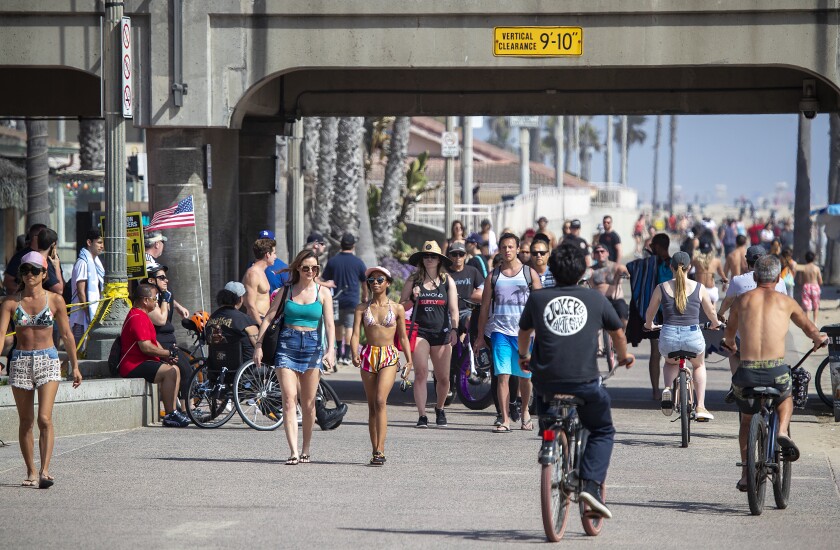
People crowd the bike path around the Huntington Beach pier April 25. Many donned hats, sunglasses and umbrellas, and some brought hand sanitizer, but few wore protective masks.
(Allen J. Schaben / Los Angeles Times)
In Orange County, a chilly breeze and cloudy skies didn’t deter hundreds of families, friends and couples from descending on Huntington Beach early Sunday.
Couples lay on beach towels watching dozens of surfers ride the waves as others played on the beach. A mother kept watch over young boys digging holes with a shovel near the shore, while several teenagers flopped on boogie boards.
Most people kept a safe distance from others. Many donned hats, sunglasses and umbrellas but few wore protective masks.
Eva Sanchez, in a red polka dot swimsuit, sat on a beach towel looking out at the ocean with husband Jorge, 21, and their 7-month-old baby Mateo. They kept their distance from other beachgoers.
“I wanted to get out of the house for a little bit, bring [Mateo] to the beach because I bought him his clothes,” said Sanchez, 20, laughing.
The Azusa resident wasn’t too concerned about the spread of the virus. She and her family were well stocked with hand sanitizer and were avoiding touching things unnecessarily.
“I believe I’m taking my precautions, practicing social distancing, constantly washing our hands,” she said. “So I’m not that scared.”
Asked if she was concerned about others not abiding by social distancing orders, she said: “As long as it doesn’t interfere with me, I feel like that’s completely up to them and how they view COVID-19.”
Angie Bennett, spokeswoman for the Huntington Beach Police Department, said no one was cited for violating social-distancing guidelines Saturday.
Christopher Sumners, 31, drove to Huntington Beach from Corona on Sunday morning with several friends to relax and enjoy a day in the sun, he said, looking up at the cloudy skies. “And freedom, also,” he said laughing, echoing his friend’s remark.
He and five friends lay on several beach towels and chatted, unconcerned by the threat of the coronavirus.
“I think you have better chances of winning the lottery or getting hit by a car than getting coronavirus,” said Sumners. “Wash your hands like you were taught when you were a child and I think you’re fine,” he said, adding that as long as people aren’t in enclosed crowded spaces, the chances of contracting the virus are slim.
Still, he believes the severity of the virus “was blown out of proportion from the beginning.”
“Whatever is going to happen is going to happen. I don’t think it’s going to escalate any more than it already has,” he said. “I mean, if you’re elderly or have prior health conditions I think you should stay inside, you should take the precautions, but if not, then I can’t see anybody stop living their lives for it.”
Sebastian Alcaraz was preparing to surf at 11th Street in Newport Beach on Friday afternoon, as he has continued to do during the pandemic.
The 17-year-old from Long Beach said he was sick for about a week in January and lost his senses of taste and smell. He now believes he was infected with the coronavirus.
Alcaraz’s friend, Natalie Peart of Huntington Beach, 23, said she felt safe going to the beach.
“We’re in California; we’re the most chill people,” Peart said. “Everyone’s social. Nobody wants to give that up, you know? … People are going out because we’ve been quarantined for a month, and now it’s hot. Nobody wants to be inside.”
Heather Rangel, press information officer for the Newport Beach Police Department, said Saturday that there had been no arrests or citations related to the stay-at-home orders.
Orange County health officials on Sunday reported 105 additional cases of the coronavirus and one new death for a total of 2,074 cases and 39 deaths.
Beaches have been a point of political debate in the coronavirus crisis. Some surfers and others say they don’t see the danger of being allowed back in the water and have been pressing their case to officials and in online polls.
“There is no logical or defensible reason to disallow access to the ocean, provided we maintain responsible spacing, which is essentially guaranteed by Mother Nature,” wrote Andrew Mactavish, one of more than 4,100 people to sign a Change.org petition to reopen Manhattan Beach. “This is a ridiculous publicity stunt on the part of paranoid and apparently ignorant public officials.”
Justis Brown, another petition signatory, added: “Surfing is not a crime.” Many of those signing the petition in one of L.A.’s wealthiest communities proposed allowing locals, alone, to have access to the shore.
Terry Tamminen, who was Gov. Arnold Schwarzenegger’s secretary for environmental protection when the state was preparing for the bird flu epidemic, cautioned against reopening beaches before health officials “understand fully the extent of the infections and have adequately prepared hospital infrastructure for any future ‘waves.’”
“It seems like SoCal has managed much better than NYC or other places whose systems and health workers were totally overwhelmed by the pandemic, so at least we can conclude that our infrastructure is in decent shape for whatever is next,” he said in an email.
“But giving first responders a chance to catch their breath (literally and figuratively) is equally essential — so reopening places where the disease could spread again before we get a meaningful ‘break’ wouldn’t be the best idea.”
It remains unclear when the state will ease the stay-at-home rules, which closed all but essential businesses and limited trips to such tasks as shopping and medical appointments. The order did not cover beaches, so it is up to local authorities to determine when they can open.
Schaffner, the infectious disease specialist, said that as beaches open, what’s important is that people are given clear and detailed guidelines for how to behave.
“You ought to have some subsidiary instructions,” he said. “Don’t mingle in the parking lots. Do you have to wear the mask when you’re on the beach?”
He said that it’s crucial to be specific in letting people know what activities are and aren’t allowed.
“You have to get down to the grains of sand and tell people what they’re expected to do,” he said.
The coronavirus crisis has not hit all of California equally. The virus has slammed Los Angeles County and Silicon Valley harder than some rural areas.
On Sunday, L.A. County reported 18 additional COVID-19 deaths and 440 new cases of the coronavirus. Long Beach, which has its own health department, reported two new deaths and ten additional cases, bringing the county’s total to 915 deaths and 19,538 cases.
The number of deaths in L.A. County doubled over the last week to nearly 900. That has prompted health officials to urge residents to stay home whenever possible.
“We have high rates of illness and a lot of people in our county who are dying. We know it’s best right now for us Angelenos to stay home, or stay outside [in] your own yard or your own neighborhood,” Los Angeles County health director Barbara Ferrer said last week.
Meanwhile, an autopsy report obtained by the San Francisco Chronicle has shed new light on the earliest U.S. death attributed to COVID-19.
Patricia Dowd, 57, of San Jose, died Feb. 6 after suffering flu-like symptoms. An autopsy revealed that she suffered a heart attack that caused her heart to rupture, and signs of infection were also found in her trachea, lungs and intestines, according to the Chronicle.
Dowd’s death was not confirmed to be related to COVID-19 until last week, when Santa Clara County officials told her family that she had tested positive.
County Health Officer Dr. Sara Cody said the Feb. 6 death and two others in the county found to be linked to COVID-19 — one Feb. 17 and another March 6 — were evidence that the coronavirus arrived in the Bay Area far earlier than expected and spread. Previously, the first documented fatality was outside Seattle on Feb. 29.
“As the Medical Examiner-Coroner continues to carefully investigate deaths throughout the county, we anticipate additional deaths from COVID-19 will be identified,” the county said in a statement.
Amid the shifting timeline of the virus’ spread, Gov. Gavin Newsom said last week that most of the six milestones he set to consider loosening the stay-home order he issued last month had not been met. The only change the governor has made is to allow some elective surgeries to again be scheduled in hospitals, citing sufficient capacity.
“It will be those indicators that drive our decision-making,” he said Thursday. “Not dates. We don’t debate dates. We look at the facts objectively.”
The six milestones include the ability to closely monitor and track potential cases; prevent infection of high-risk people; prepare hospitals to handle surges; develop therapies to meet demand; ensure schools, businesses and child-care facilities can support social distancing; and develop guidelines for when to ask Californians to stay home again if necessary.
On Friday, Newsom said, “We will consider local conditions” when deciding when to ease the rules. “We will consider those things not only from the perspective of the spread of the virus, not only from the perspective of the number of deaths and trend lines, but also in terms of our broader capacity.”
Get up to speed with our Essential California newsletter, sent six days a week.
You may occasionally receive promotional content from the Los Angeles Times.

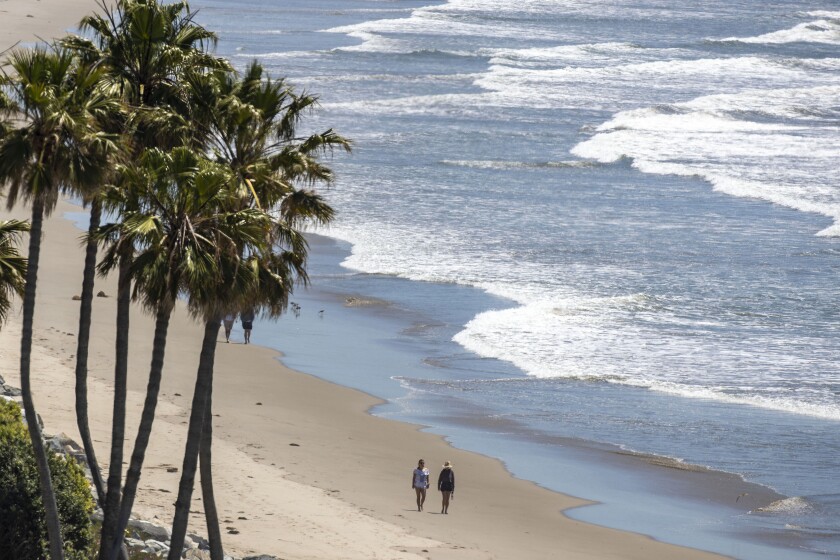
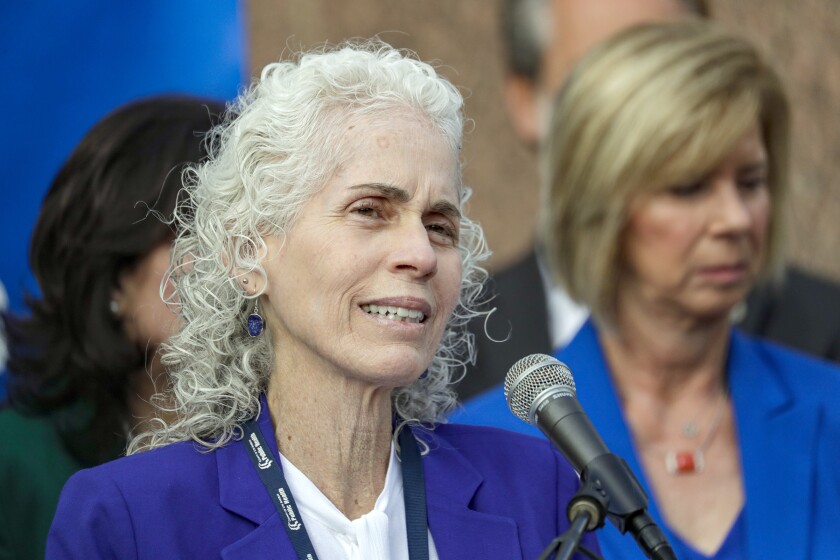
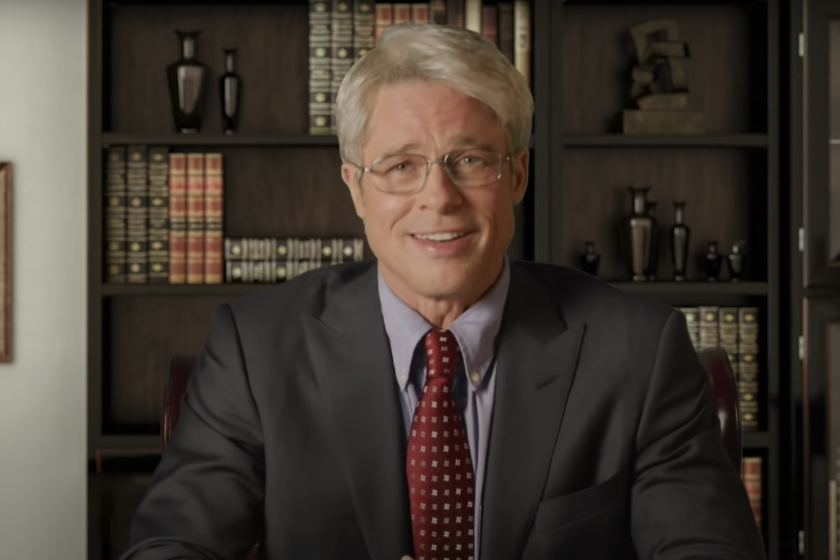




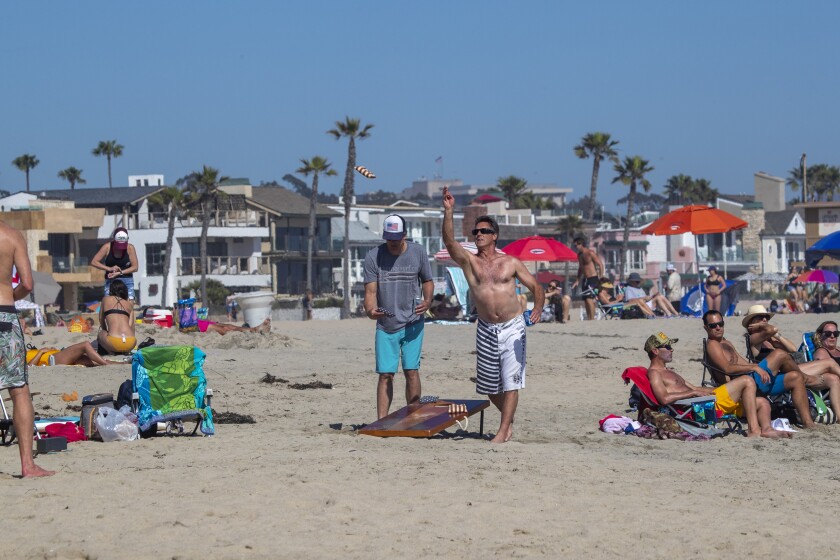
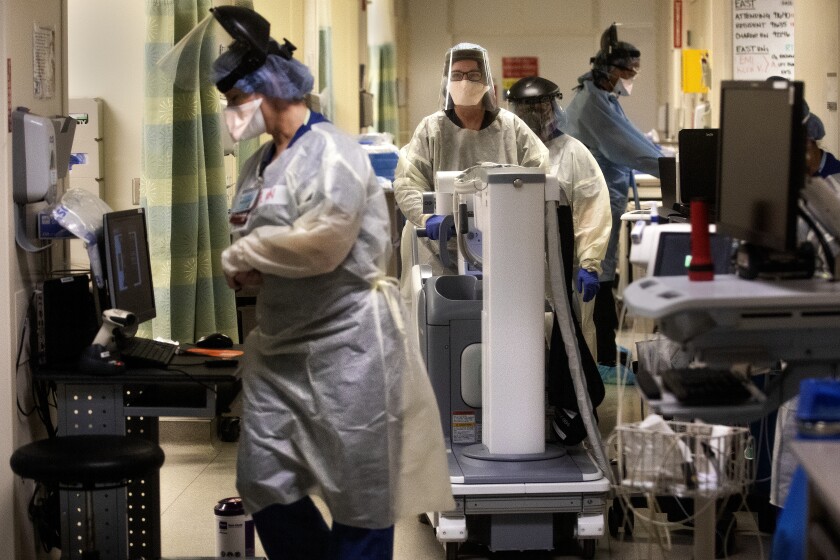

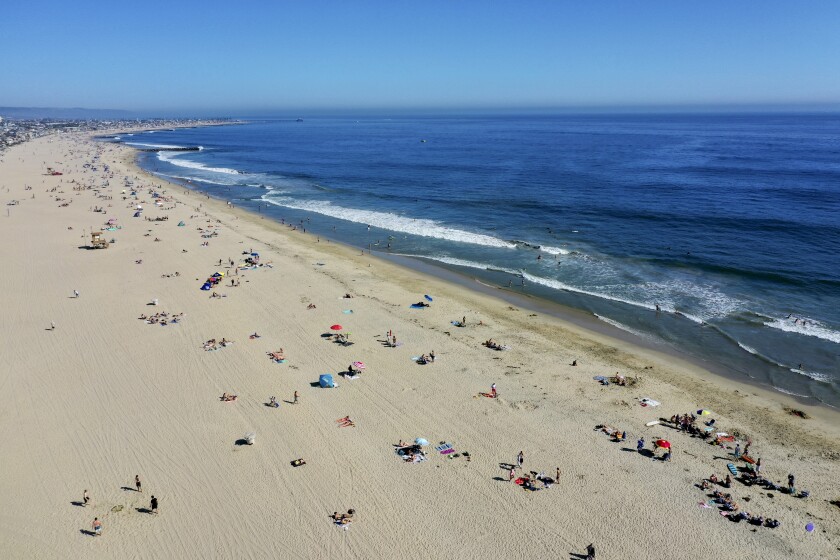



onde está a Paméla, do Babe-watch
ReplyDelete